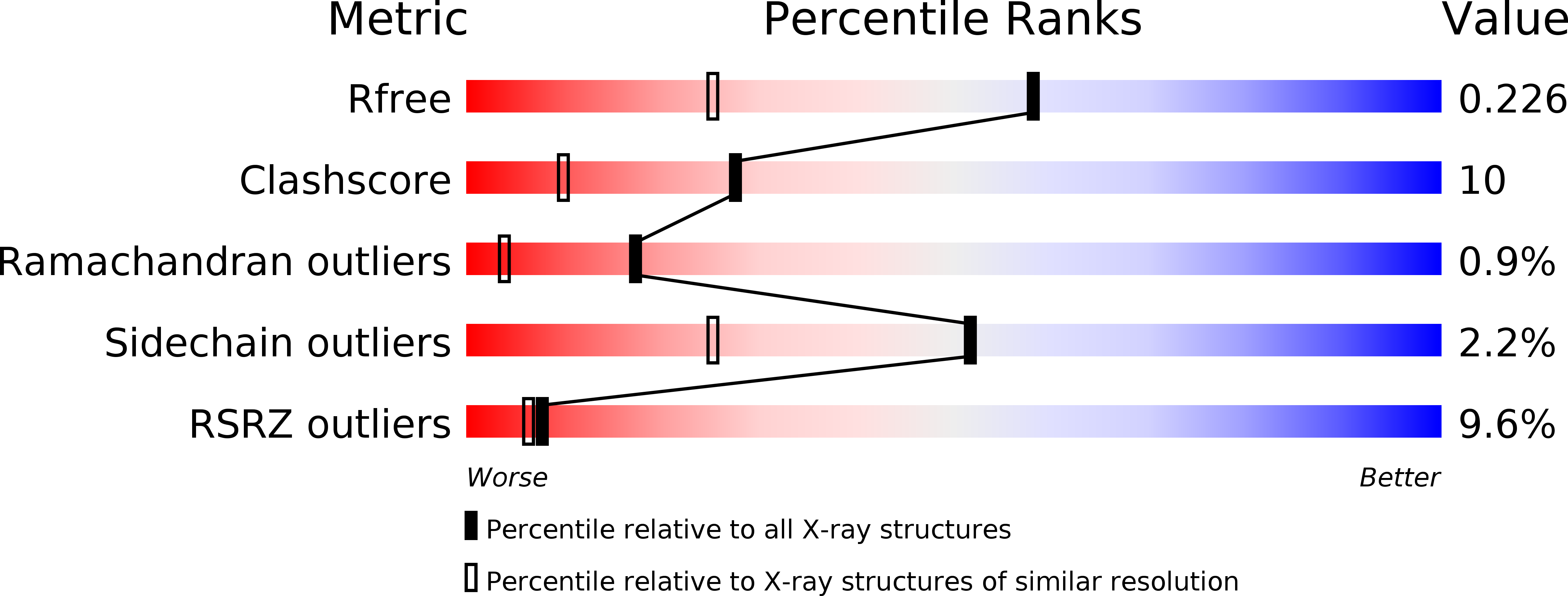
Deposition Date
2006-03-02
Release Date
2006-06-06
Last Version Date
2024-10-30
Entry Detail
PDB ID:
2G8J
Keywords:
Title:
Calpain 1 proteolytic core in complex with SNJ-1945, a alpha-ketoamide-type inhibitor.
Biological Source:
Source Organism:
Rattus norvegicus (Taxon ID: 10116)
Host Organism:
Method Details:
Experimental Method:
Resolution:
1.61 Å
R-Value Free:
0.22
R-Value Work:
0.19
R-Value Observed:
0.19
Space Group:
P 21 21 21


